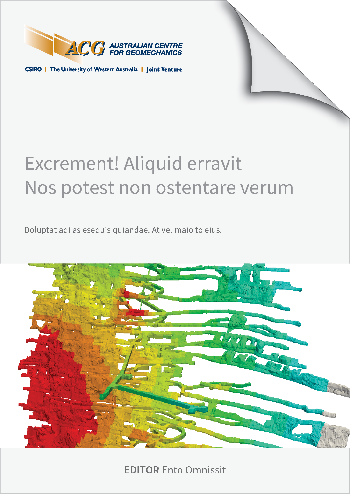Journey of transformation SLOS to SLC

|
Authors: Ihanus, J; Matinlassi, M; Nikkinen, T; Karlsson, M |
DOI https://doi.org/10.36487/ACG_repo/2435_Q-04
Cite As:
Ihanus, J, Matinlassi, M, Nikkinen, T & Karlsson, M 2024, 'Journey of transformation SLOS to SLC', in Daniel Johansson & Håkan Schunnesson (eds), MassMin 2024: Proceedings of the International Conference & Exhibition on Mass Mining, Luleå University of Technology, Luleå, pp. 1500-1511, https://doi.org/10.36487/ACG_repo/2435_Q-04
Abstract:
Kemi Mine is the largest underground mine in Finland, with nameplate capacity of 3.1 Mtpa. Mine started operation in 1968 from open pit and since 2006 production is from underground only. Mine is currently on a unique transformation journey, changing the mining method from sub-level open stoping with backfill to sub-level caving (SLC). Goal of the journey is to be a carbon neutral, reliable, low-cost, long-term chromite-ore producer for the captive owner of the mine Outokumpu Chrome Oy, a ferrochrome producer located in Tornio, Finland. As Kemi orebody is complex and generally in weak ground conditions, implementation of a new mining method has many challenges. To mitigate and identify all consequences, a throughout impact assessment for mine infrastructure, material handling system and surface subsidence is crucial for the success of the SLC project. Key part of the impact assessment is rock mechanical modelling for the near term and also for life-of-mine. Kemi Mine has weak ground conditions and history of stope and tunnel stability issues. To forecast the conditions and design appropriate ground support, regular rock mechanical simulations are conducted. Due to mining method change, previous modelling principles are not fully compatible anymore, therefore development of new models was warranted. To add complexity, the mine will apply multiple mining methods during the transition period and beyond. This paper will present the current status of the journey, challenges encountered with mitigation measures identified and also the principle of selected rock mechanical modelling approach.
© Copyright 2025, Australian Centre for Geomechanics (ACG), The University of Western Australia. All rights reserved.
View copyright/legal information
Please direct any queries or error reports to repository-acg@uwa.edu.au
View copyright/legal information
Please direct any queries or error reports to repository-acg@uwa.edu.au